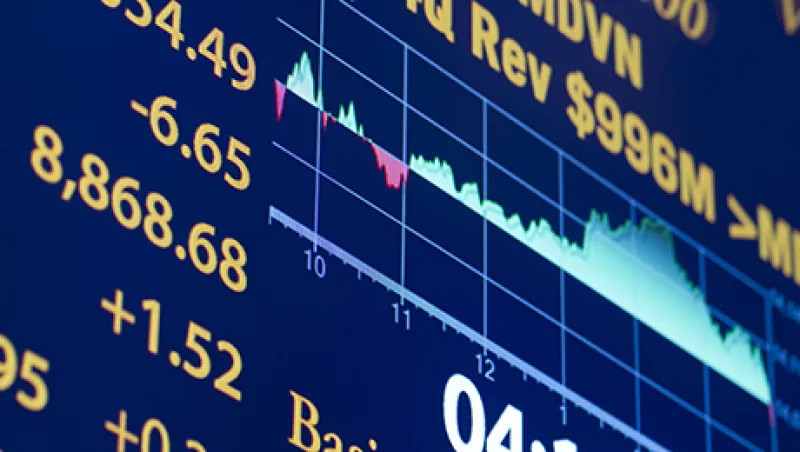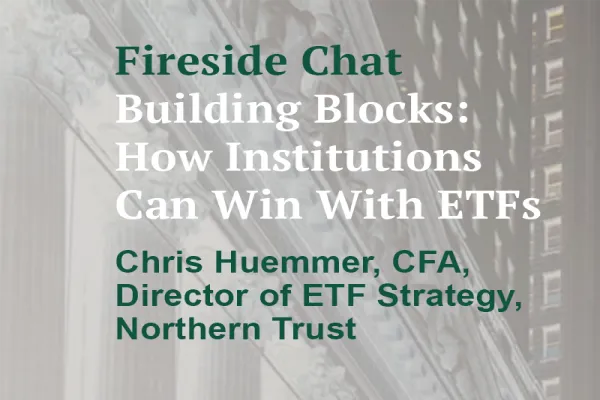Electronic trading has turned the buying and selling of stocks into something that can resemble manipulating blips on a screen. But parts of the fixed-income markets, including block trades and infrequently traded corporate bonds, are still resistant to automation and technology. Most large trades are still negotiated over the phone with a dealer. For the market markers of fixed-income exchange-traded funds, trading bonds can be especially cumbersome. They often have to handle hundreds of different bonds at once to continuously create and redeem ETF shares comprised of dozens — or even hundreds of — bond holdings. Because of thin trading in both their underlying holdings as well as the ETFs themselves, many bond ETFs can have very wide bid-ask spreads, which in turn lead to problems attracting assets, continuing a vicious circle.
MarketAxess, a leading institutional bond-trading platform provider, and BlackRock, the provider of iShares ETFs, may have come up with a solution. Last month New York–headquartered MarketAxess rolled out its patented list trading functionality, which automatically creates bid-offer wanted lists for the underlying holdings in iShares ETF constituent bonds. It allows authorized participants and market makers to trade those bonds more easily by offering them access to a pool of more than 1,000 broker-dealers and institutional investors, who, on a daily basis, trade $2 billion to $3 billion worth of U.S. corporate investment-grade, high-yield and emerging-markets bonds.
“BlackRock wants their funds to be the easiest ones for market makers to engage with,” says Richard Schiffman, an open trading product manager at MarketAxess. “It’s good for the market makers because we have made their workflow more efficient. Hopefully, that will stimulate trading activity.”
The concept itself isn’t novel. But this trading platform makes readily available the information that fixed-income market makers need to carry out their transactions more efficiently. “Before, they would have to find out the list of bonds that could be used to create or redeem ETF shares,” says Schiffman. “Then, they’d have to, for example, either type those into our system or copy and paste from a spreadsheet.”
The new platform feature aims to simplify the arbitrage process in which market makers can profit from bond ETFs trading at a discount or premium to the actual value of their underlying holdings. For example, ETF market makers might notice that the iShares iBoxx $ Investment Grade Corporate Bond — the largest of its kind — is trading above or below its net asset value. (The NAV is the value of the underlying securities divided by the number of shares outstanding minus liabilities in the fund.) The market makers can then take advantage of the mispricing by buying the bond in the open market and swap it for ETF shares in return.
The MarketAxess platform will list the bonds in iShares fixed-income ETFs that market makers can receive for redeeming, or unbundling, ETF shares and vice versa. “It’s groundbreaking in the sense that [MarketAxess/BlackRock] are one of the first to be doing this for fixed income,” says Mohit Bajaj, director of ETF and portfolio trading services at WallachBeth Capital in New York. “It provides a ready, electronic means to get access to various types of different bonds, rather than having to negotiate with the fund managers and do it over the phone.”
But allowing market makers to solicit trades to 1,000 other firms at once — although anonymously — may unintentionally spike volatility in the bond market and bond ETFs and lead to front-running.
“If I see that there are three firms out there with big offers, I’m going to wait,” says Ron Heller, co-founder of Peritus Asset Management in Santa Barbara, California. “I’m going to bide my time and put in real low bids because I know they need to sell.” Heller’s firm provides the actively managed AdvisorShares Peritus High Yield ETF, which has about $1.09 billion in assets as of Wednesday. “So if you see a big redemption is coming and that’s being shown out there, who is going to step in to create when there’s big size on the redemption side?” he says. “It’s not going to happen.”
Hypothetically, if traders see a large number of creation orders for, say, the iShares iBoxx $ High Yield Corporate Bond ETF, they can buy the top ten holdings before they make it into the ETF and front-run it, says Heller. “Right now you can see the holdings, but you don’t know when people are going to buy them or sell them based on creation and redemptions,” he explains. “But if creations and redemptions are now transparent, and there’s size out there for them, there could be some front-running going on.”
“As a trader, I never want to show my hand or show how much size I have on one side or the other, because then the other side is going to game me,” adds Heller. “It’s like playing poker.”
Get more on exchange-traded funds and trading and technology.





